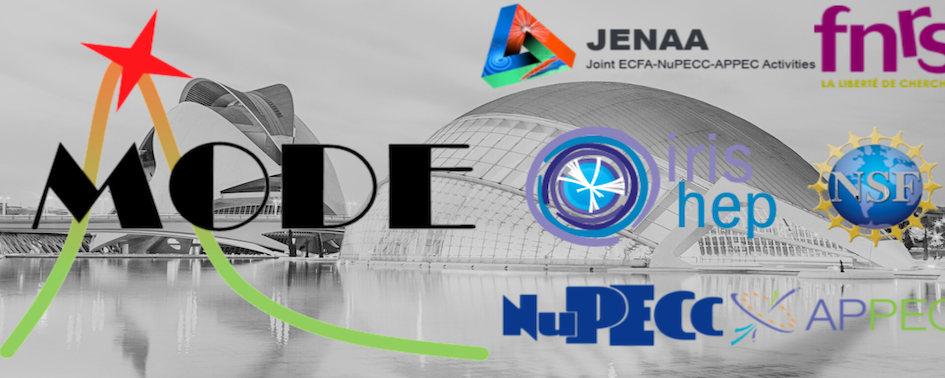Speaker
Description
Multi-dimensional parameter spaces are commonly encountered in astroparticle physics theories that attempt to capture novel phenomena. However, they often possess complicated posterior geometries that are expensive to traverse using techniques traditional to this community. Effectively sampling these spaces is crucial to bridge the gap between experiment and theory. Several innovations have made navigating such complex posteriors possible, including GPU acceleration, differentiable programming, and neural-network-guided parameterization. In this talk, I will show how these advancements can be applied to astroparticle physics experimental results to achieve substantial performance boosts. I will showcase these techniques in the context of novel neutrino physics, benchmarking their performances against traditional nested sampling. Compared to nested sampling alone, I will demonstrate that we can improve the performances of both nested sampling and Hamiltonian Monte Carlo, accelerating inference by factors of $\sim 100$ and $\sim 60$, respectively. As nested sampling also evaluates the Bayesian evidence, these advancements can be exploited to improve model comparison performance while retaining compatibility with existing implementations that are widely used in the natural sciences. These results will help in diagnosing convergence issues, incorporating additional experimental data in inferencing, and producing timely studies in the astroparticle community.
